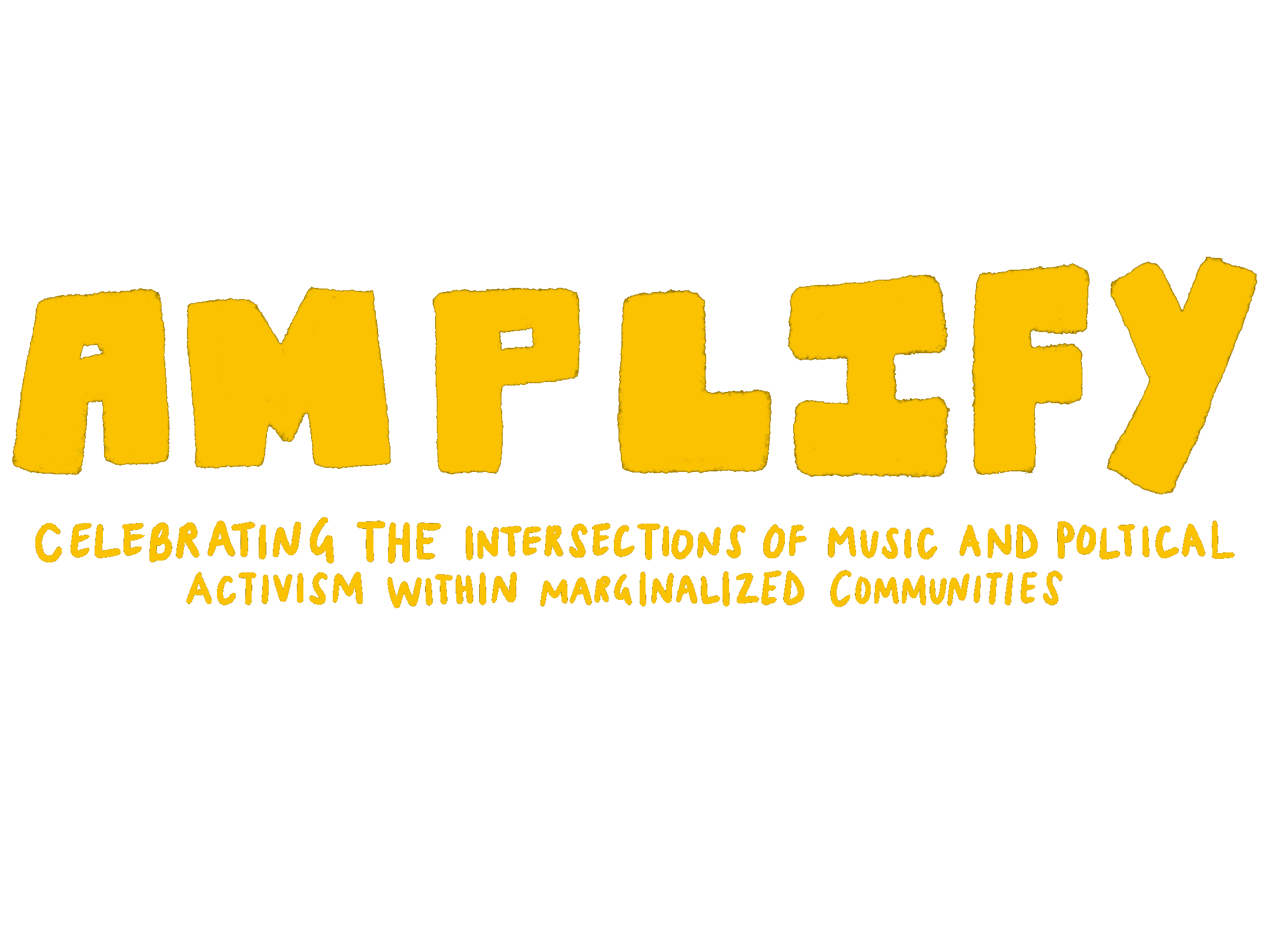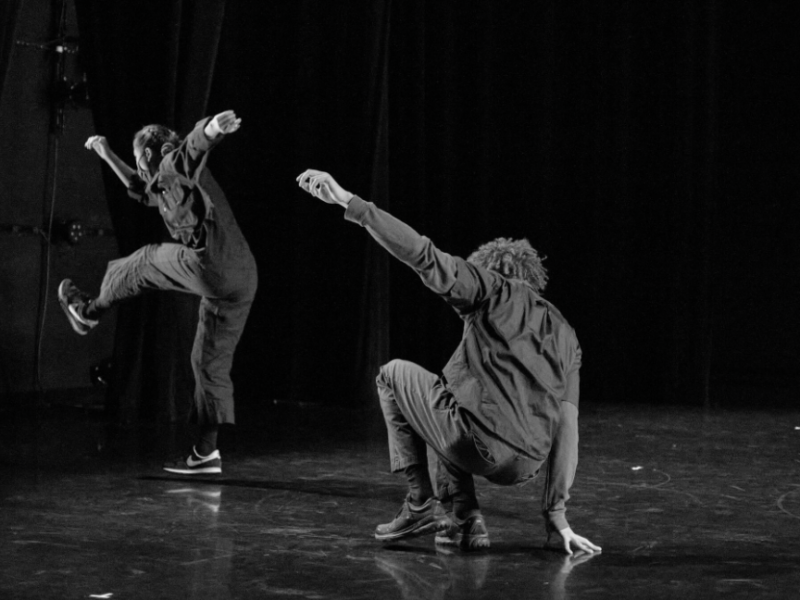The early 2000s songs that taught me how to love and embrace my Black and brown identity.
“So…what’s your breed?” a white boy asked me once as we watched our high school basketball game from the bleachers.
“Breed?” I questioned, laughing nervously.
“Yeah like what are you made up of?” He looked at me like he was trying to analyze my genetic code.
Growing up, I was very aware of my ethnic ambiguity. I felt hypervisible in every room and I couldn’t have a normal conversation with a stranger until I addressed the “what are you?” question. But never had I been queried in a way that suggested a farm animal.
At the time, I didn’t see it as a microaggression. I shrugged it off, answered his question and gave him the benefit of the doubt. It became another frequently asked question I would get as a multiracial girl.
Being raised in Little Village on the West Side of Chicago by my Mexican-American mother and African-American father, I spent most of my childhood trying to understand the space I occupied in the spectrum of my cultures. Music helped me navigate it all.
Through my parents and my Mexican grandparents, I was exposed to a mix of ranchera, Latin pop, ‘70s disco, ‘80s R&B and ‘90s pop.
My father, who didn’t want my sister and I to browse the web unsupervised, would download music to our usb mp3 players and even went as far as making us our own personal website with a catalog of music videos. Though I didn’t consciously seek music to help me embrace my cultures, a lot of what I listened to supported my ongoing discovery of who I was and where I fit in the world.
Pretty Girl Rock
I was eight when I fell in love with the art of performance: acting out scenes I had seen in movies, singing karaoke from my home computer, choreographing dance routines, anything where I could pretend to be someone else even if it was only until the end of a song.
My sister, cousin, and I would spend hours choreographing dance performances for our family, fighting over which verse we wanted to sing or where we would stand on our invisible stage. One of those performances was for the song “Pretty Girl Rock” by Keri Hilson. A song I would listen to everyday when I got home from school, now reimagined by three Mexican girls, two of whom were half Black, shuffling back and forth in the middle of our living room, singing:
“All eyes on me when I walk in / No question that this girl’s a ten / Don’t hate me ‘cause I’m beautiful…My walk, my talk, the way I drip. It’s not my fault, so please don’t trip. Don’t hate me ‘cause I’m beautiful… Aye, now do the pretty girl rock, rock, rock…”
I don’t think that any of us really believed in the words that we sang but it started to feel more and more like an affirmation we could whisper to ourselves in the mirror.
Our invisibility in the media was not lost on us so, for girls of color, loving ourselves was a revolutionary act.
I Am Not My Hair
I was twelve when I remember it stinging.
“Keep still,” my older sister demanded, holding my head firmly in place.
The hot iron rod burned against my scalp, pulling and smoldering the strands of my kinky curls. It was meant to be easier after she applied the relaxer, but the pain only lingered.
“I can’t straighten the roots if you keep shuffling in your seat,” she said.
The crackling noise from the flat iron sounded like the sizzling grease of bacon or steak on a grill. Small chunks of hair surrounded me as though I was beginning to shed new skin.
After two hours of combing and burning, I ran to the bathroom and shut the door behind me. I wanted to be alone when I saw myself for the first time. I ran my fingers through my hair and smiled at my reflection.
As a child, my relationship with my hair shifted constantly between indifference and dislike. Taking care of it wasn’t a hassle because I would keep it in a low ponytail to avoid sitting on the living room floor for two hours while my mother tried figuring out what to do with it. So, when I relaxed and straightened my hair, I was thrilled that my already long natural hair, prone to shrinkage, stretched past my shoulders, sleek and smooth. Even more so, I felt giddy about the praise and compliments I got in school the next day, so I spent my Sunday nights making sure every curl was perfectly straight.
In high school, India Arie’s “I Am Not My Hair” was the first time I heard these words sung about a Black girls’ relationship with her hair.
“Little girl with the press and curl / age eight, I got a Jheri curl / 13 and I got a relaxer / I was a source of so much laughter / At 15 when it all broke off / 18 and I went all natural”
This desperate longing to fit in and believing that somehow that lack of belonging was rooted in the kinkiness of your hair was no stranger to a Black woman’s experience. When making decisions about the hairstyles I chose, questions like “am I neglecting the natural hair movement if I straighten or relax my hair? Will my braids or locs be accepted in corporate spaces? What about hair breakage? Humidity? Maintenance?” overwhelmed me.
But when India Arie sang:
“It’s time for us to redefine who we be. You can shave it off like a South African beauty / or get it on lock like Bob Marley / you can rock it straight like Oprah Winfrey / If it’s not what’s on your head / It’s what’s underneath and say, hey / I am not my hair / I am not this skin / I am not your expectations… I am a soul that lives within.”
I was filled with a sense of liberation I had never felt before. All that time I spent straightening and relaxing my hair, believing my beauty was dependent on my proximity to whiteness, was no longer the story I wanted to tell myself.
Girl, Put Your Records On
Historically, Hispanic and Black women – especially dark-skinned Black women – have been undervalued by society. When you’re judged on the texture of your hair or asked to define your mixed “breed,” it can leave many young girls wondering: “if society doesn’t value me, why should I value myself?” It’s for this reason that songs like Keri Hilson’s “Pretty Girl Rock” and India Arie’s “I Am Not My Hair” feel so significant because choosing to love and accept yourself as a woman of color – just as you are – is inherently courageous and liberating.
So like Corinne Bailey Rae sang:
“Girl, put your records on, tell me your favorite song / You go ahead, let your hair down /…you’re gonna find yourself somewhere, somehow.”



